
Pushing figures around
Blood and Plunder, Learning the ropes.
A Brief History
The late 17th and early 18th centuries are often considered the “Golden Age of Piracy” in the Caribbean, and pirate ports experienced rapid growth.
The military power of the Spanish Empire in the New World started to decline when King Philip IV of Spain was succeeded by King Charles II.
While Spanish America in the late 17th century had little military protection as Spain entered a phase of decline as a Great Power, it also suffered less from the Spanish Crown’s mercantilist policies with its economy. This lack of interference, combined with a surge in output from the silver mines due to increased availability of slave labour began a resurgence in the fortunes of Spanish America.
England, France, and the Dutch Netherlands had all become New World colonial powerhouses in their own right.
Worried by the Dutch Republic’s intense commercial success since the signing of the Treaty of Westphalia, England launched a trade war with the Dutch. The English Parliament passed the first of its own mercantilist Navigation Acts and the Staple Act that required that English colonial goods be carried only in English ships and legislated limits on trade between the English colonies and foreigners. These laws were aimed at ruining the Dutch merchants whose livelihoods depended on free trade. This trade war would lead to three outright Anglo-Dutch Wars over the course of the next twenty-five years.
Meanwhile, King Louis of France had finally assumed his majority with the death of his regent mother Queen Anne of Austria’s chief minister, Cardinal Mazarin, in 1661. The “Sun King’s” aggressive foreign policy was aimed at expanding France’s eastern border with the Holy Roman Empire and led to constant warfare against shifting alliances that included England, the Dutch Republic, the various German states and Spain. In short, Europe was consumed in the final decades of the 17th century by nearly constant dynastic intrigue and warfare, an opportune time for pirates and privateers to engage in their bloody trade.
In the Caribbean, this political environment created many new threats for colonial governors. The sugar island of Sint Eustatius changed ownership ten times between 1664 and 1674 as the English and Dutch duelled for supremacy there.
Consumed with the various wars in Europe, the mother countries provided few military reinforcements to their colonies, so the governors of the Caribbean increasingly made use of buccaneers as mercenaries and privateers to protect their territories or carry the fight to their country’s enemies. Perhaps unsurprisingly, these undisciplined and greedy dogs of war often proved difficult for their sponsors to control.
By the late 17th century, the great Spanish towns of the Caribbean had begun to prosper, and Spain also began to make a slow, fitful recovery, but remained poorly defended militarily because of Spain’s problems and so were sometimes easy prey for pirates and privateers. The English presence continued to expand in the Caribbean as England itself was rising toward great power status in Europe. Captured from Spain in 1655, the island of Jamaica had been taken over by England and its chief settlement of Port Royal had become a new English buccaneer haven in the midst of the Spanish Empire. Jamaica was slowly transformed, along with Saint Kitts, into the heart of the English presence in the Caribbean.
At the same time the French Lesser Antilles colonies of Guadeloupe and Martinique remained the main centres of French power in the Caribbean, as well as among the richest French possessions because of their increasingly profitable sugar plantations. The French also maintained privateering strongholds around western Hispaniola, at their traditional pirate port of Tortuga, and their Hispaniola capital of Petit-Goave.
This is only the second game I have ever played of Blood and Plunder, my first game being a few years ago now, it was also my opponents first game, so I decided to keep things relatively simple. Not only would I need to remember the rules, but I would also need to teach them as I went along.
To learn the rules, I adopted my usual tactic of playing learn to play videos on YouTube when going to bed, and falling asleep 5 minutes into them, and then letting my wife explain to me what I missed the following day after she was kept awake half the night.
This little Battle would pitch a band of Dutch Privateers attacking a French Caribbean Militia as it defended its small settlement.
The Dutch have made shore some distance from the settlement and advanced upon it on foot. The French have only just been warned of the imminent attack and have ushered all the civilians into the church for safety.
The Forces
French Militia
1 x Untested French Militia Commander
8 x Trained Milices des Caraibes
5 x Trained Milices des Caraibes
8 x Inexperienced Miliciens
4 x Trained Marins
Dutch Privateers
1 x Untested Dutch Sea Commander
4 x Trained Zeelieden
8 x Trained Kapers
4 x Veteran Entr Ploeg
8 x Inexperienced Militie
The French deployment was in the table quarter containing the church, the Dutch could enter from any other table edge. (The raid scenario from the Blood and Plunder rule book)
The objective for the Dutch was to get a unit into the Church and then spend one whole turn in the church, ransacking it and the like. The French objective was to stop that from happening.
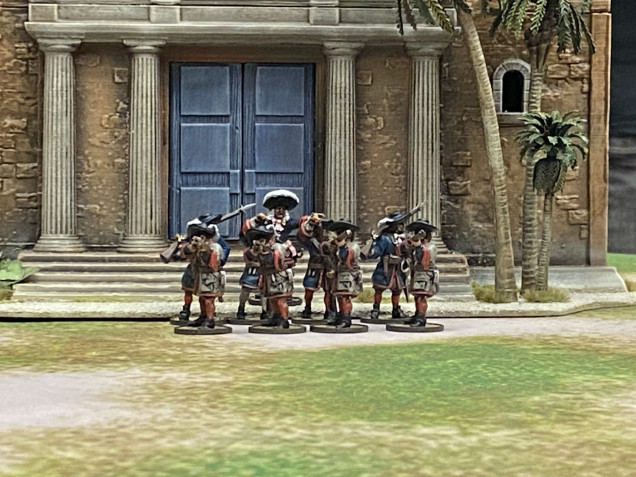 The French Commander and his loyal Milices des Caraibes form up in a defensive position to protect the church and its occupants.
The French Commander and his loyal Milices des Caraibes form up in a defensive position to protect the church and its occupants.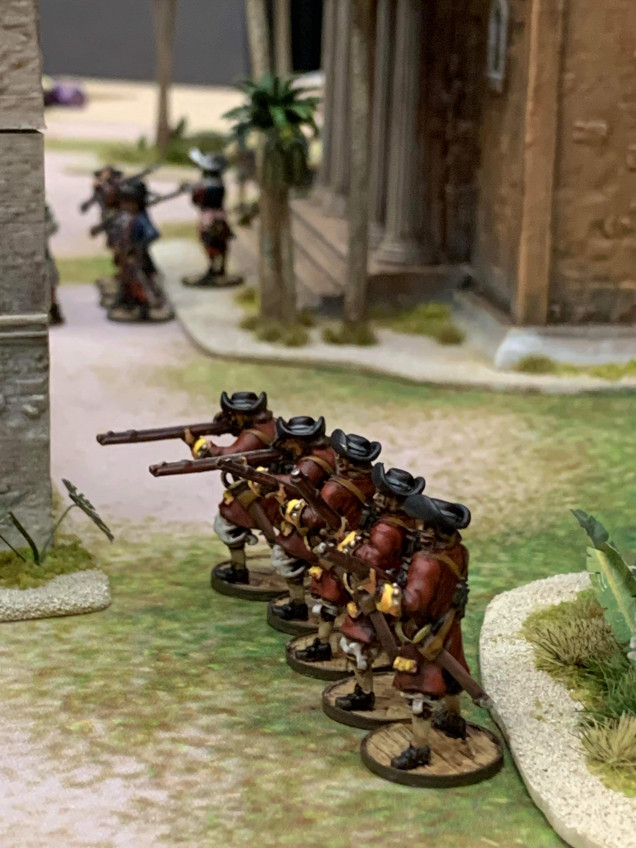 ...and come under fire from the second smaller unit of Milices des Caraibes, who are suspiciously wearing English coats.
...and come under fire from the second smaller unit of Milices des Caraibes, who are suspiciously wearing English coats.Unfortunately, the French were no match for the vicious Dutch who managed, despite losing two whole units, corner the French commander and put a swift end to his defiance.
With the French commander gone, the Milita took to their heels leaving the church and all those inside it at the hands of the invaders.

































![TerrainFest 2024! Build Terrain With OnTableTop & Win A £300 Prize [Extended!]](https://images.beastsofwar.com/2024/10/TerrainFEST-2024-Social-Media-Post-Square-225-127.jpg)
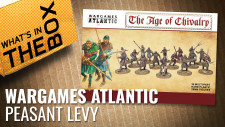
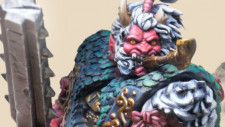





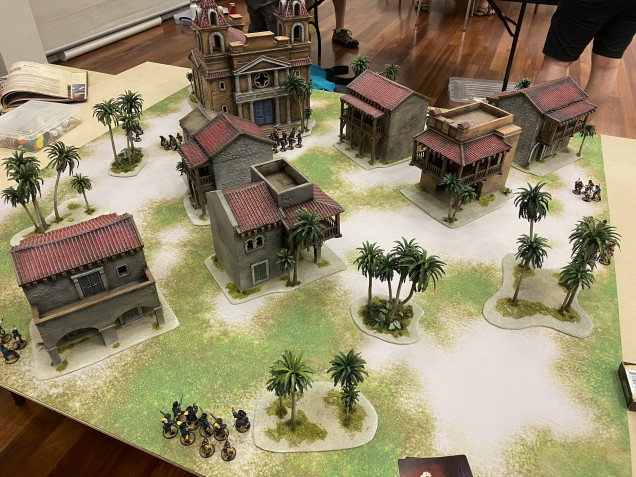
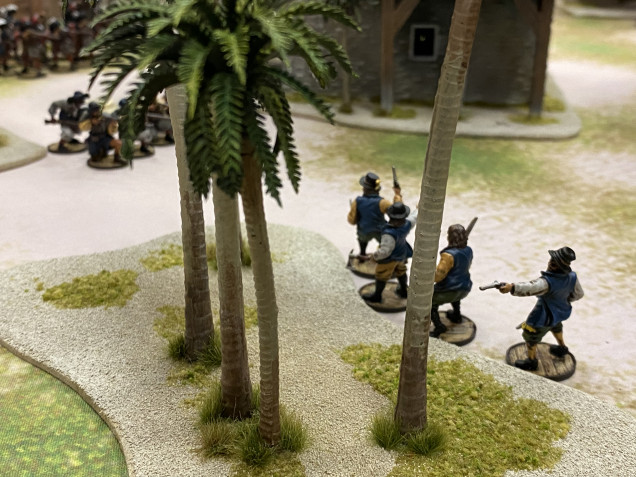

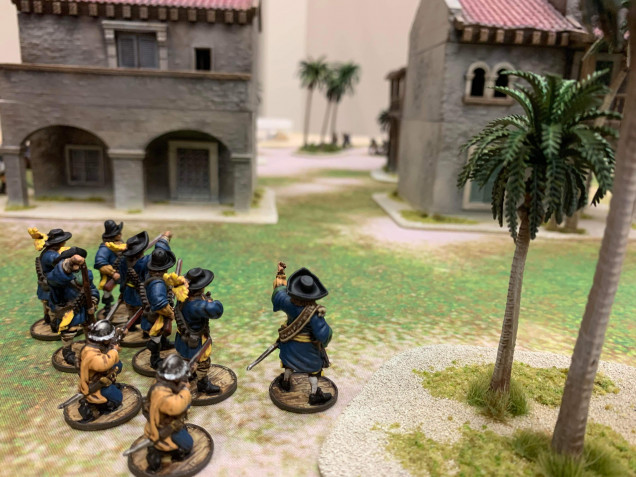
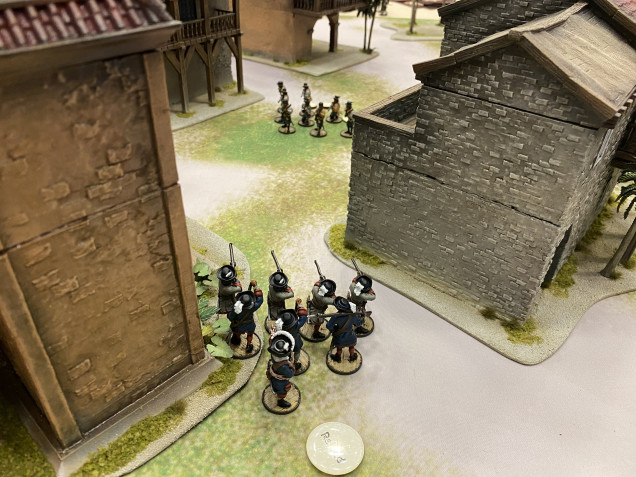
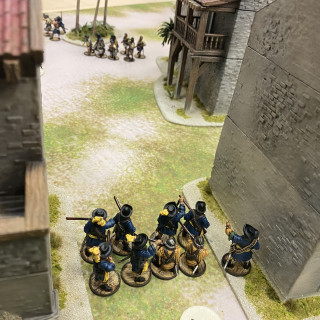
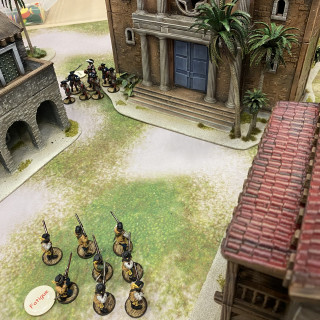
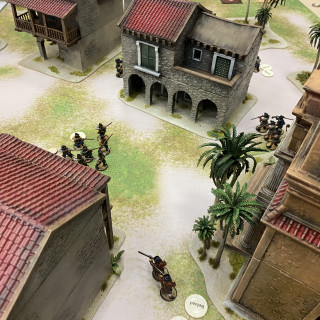
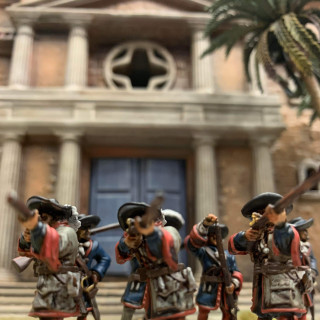
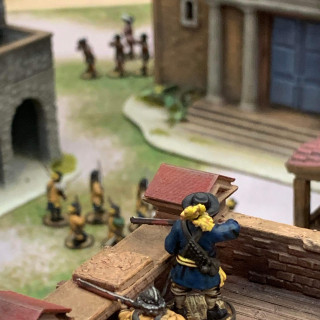
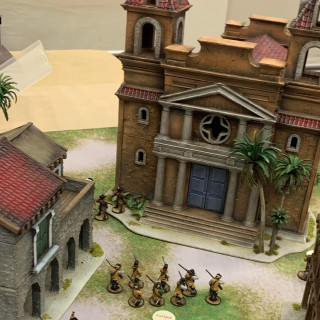
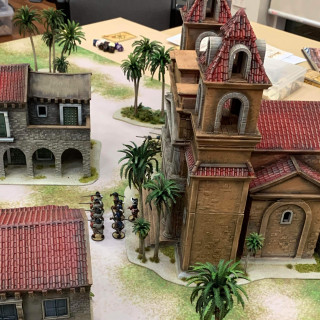
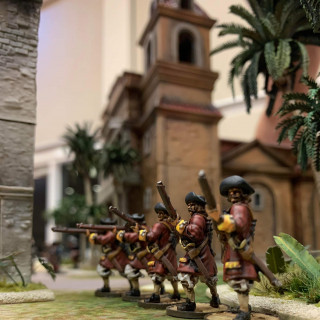
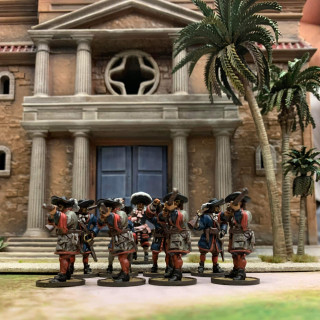


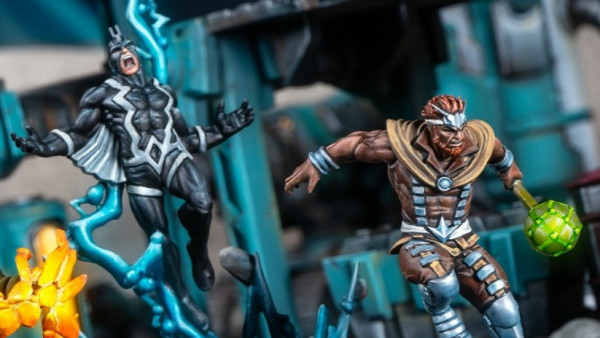

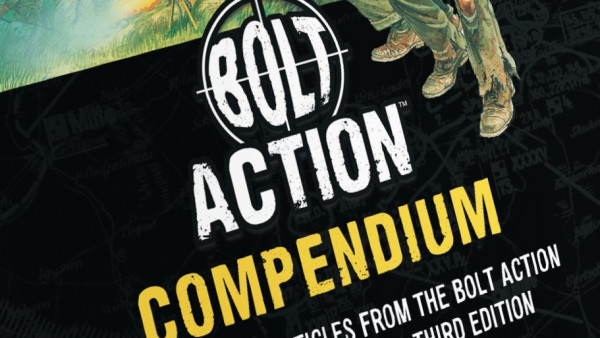
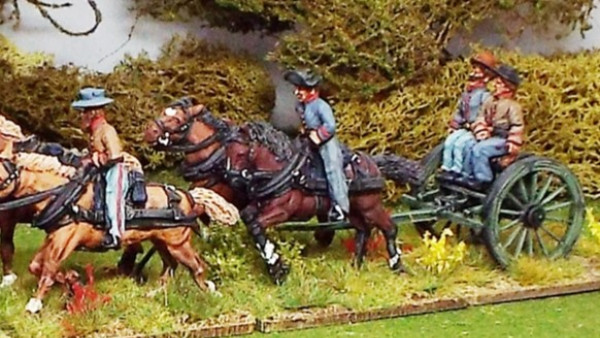


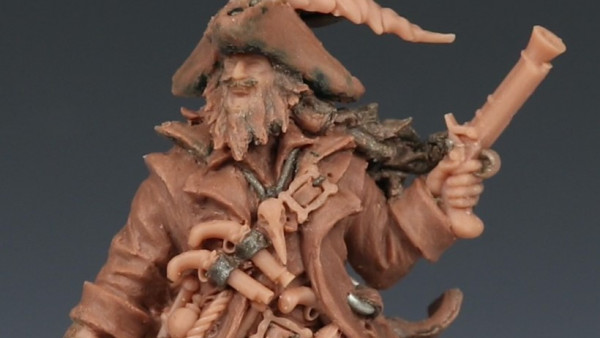
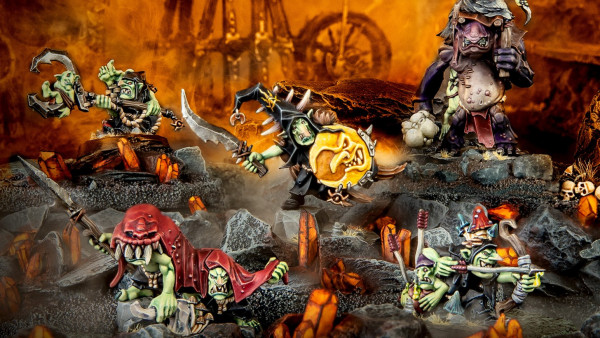
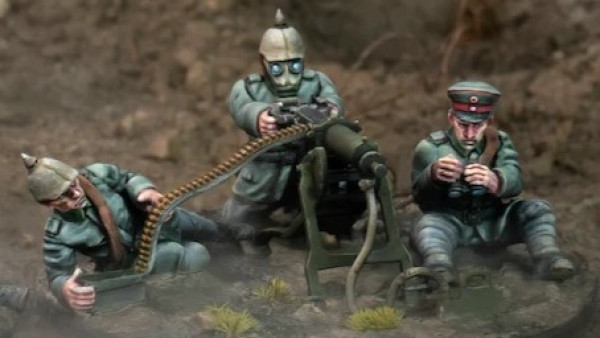
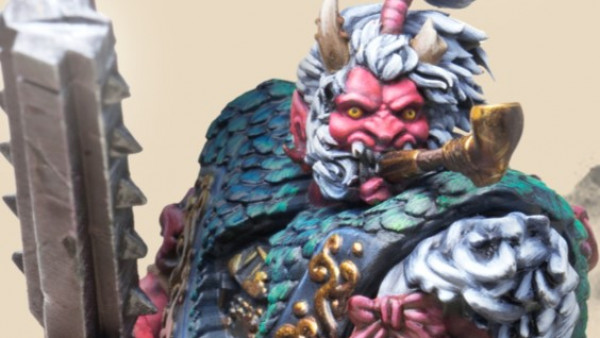

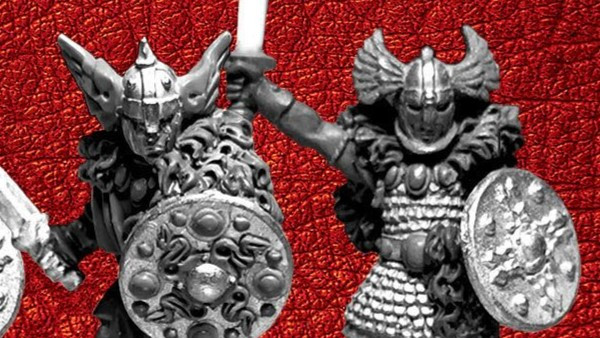
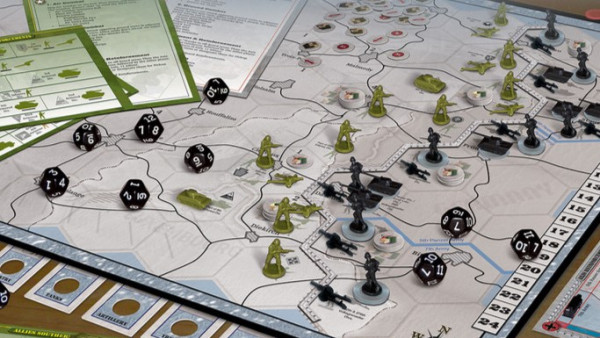
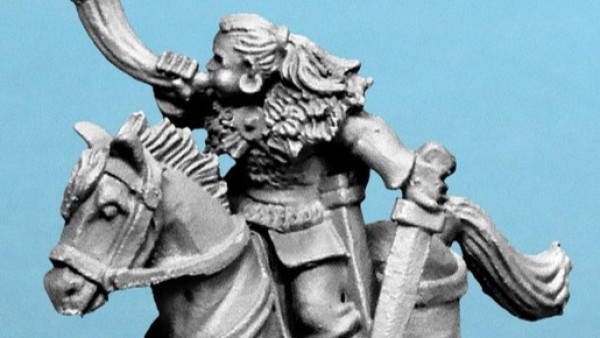

















2023-03-28 Your project has been visited by the unofficial Hobby Hangout. Huzza!